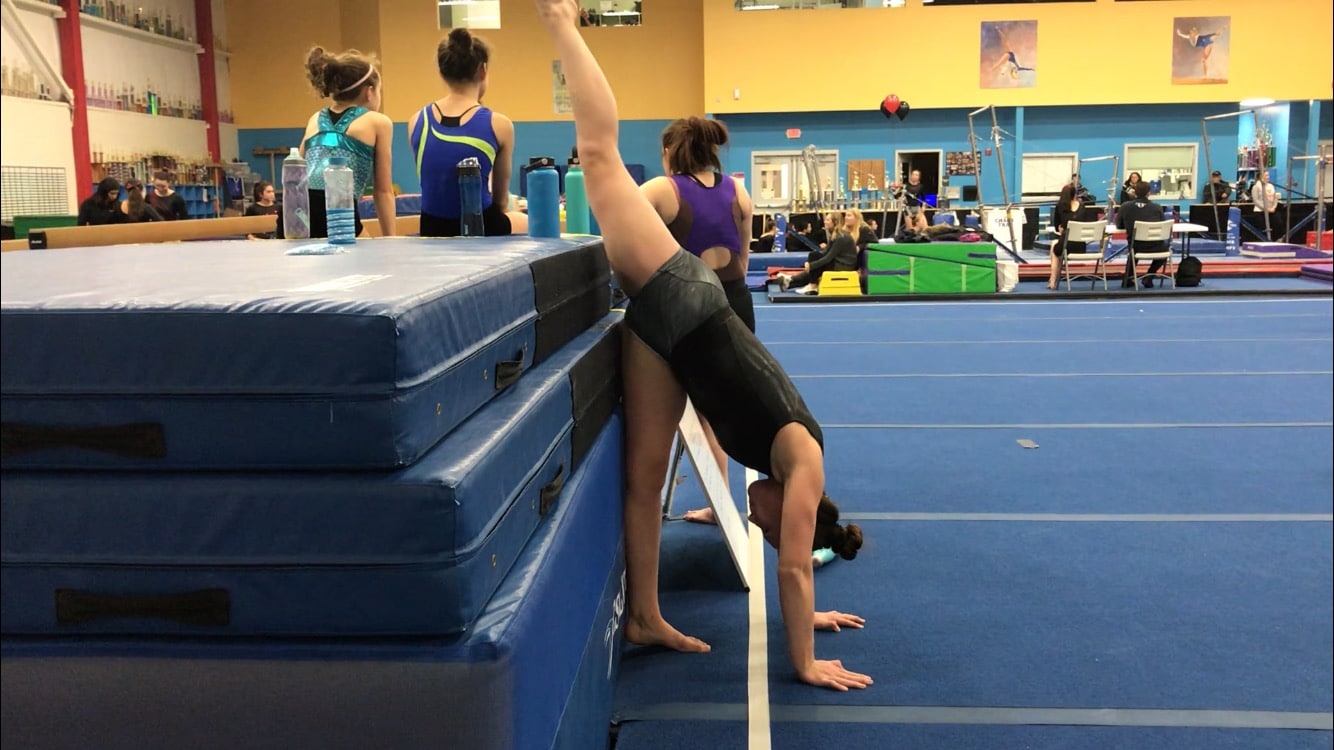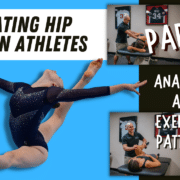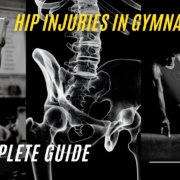Needle Walk Ins to Improve Back Leg Split Flexibility, Leaps, and Jumps
I hope everyone is having a great start to the new year! Readers have really seemed to enjoy some more “quick tip” posts with easy to use drills in practice, so I wanted to share another one of my go to’s today.
All gymnasts tend to struggle with trying to make their passive split flexibility match what shows up actively during skills such as leaves, jumps, and bars, or tumbling. It takes a ton of hip and core strength, control, and technical ability to see progress, especially when athletes are growing. I feel that out of all these areas, back leg hip strength, as well as control, seems to be the most challenging. Many times athletes will have the passive flexibility during warm-ups or splits, but be unable to use it come time for skills.
To help, here is one of my favorite more active drills for back leg development, Needle Walk-Ins.
This may not be new to all readers, but this version that focuses on slow lift offs, moving in each step, and holding end ranges may be. I feel this is a better approach than an aggressive swinging motion to reach end range, as athletes often use momentum and not strength to get a full range of motion or compensate with arching their lower back.
To perform this drill
- Have athletes start in front of the mat, wall, or beam with their back leg up and hips square
- While bracing the core and pushing their shoulders activity down into the floor, they will lift their back leg as high as possible, hold for 1 second, and then move their bottom leg closer
- They will continue this for 10 repetitions, moving to their maximal range that doesn’t allow compensation
- If they reach a limited range early before 10 repetitions is met, they can just do the remainder of their repetitions at the level they find most challenging
I really like this drill for a few reasons
- It can be individualized to the athletes, regardless if they are naturally flexible or not as gifted in the mobility department. Depending on their ability level and height, they can simply walk farther out or in using the mat
- It takes minimal equipment to do. You can use mats, walls, the beams themselves, or stall bars. I think it is very challenging on the glutes and hip when properly implemented
- It focuses on control and holding over speed. This version forces a gymnast to slow down, lift with control, and hold the end ranges that are the most challenging.
- It continues to be challenging even as the athlete practices it. As long as the athlete is squared and using proper technique, it can always be progressed. Younger athletes see the continual challenge as their legs grow in length, and older athletes can start adding light resistance bands as they get stronger.
Want To See All The Hip Flexibility Drills I Give Gymnasts?
If you want to learn about everything I give gymnasts for hip flexibiltiy be sure to download my new “10 Minute Gymnastics Circuits” here,
Download SHIFT's Free Gymnastics Pre-Hab Guide
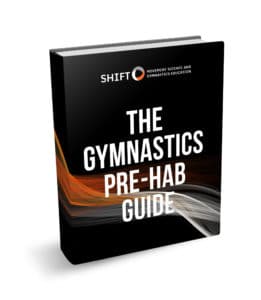
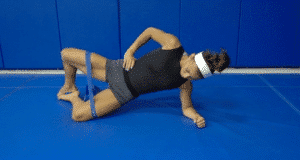
Table of Contents
Daily soft tissue and activation exercises
Specific 2x/week Circuits for Male and Female Gymnasts
Descriptions, Exercise Videos, and Downloadable Checklists

Hope this helps, and have a great week!
Dave Tilley DPT, SCS, CSCS
CEO/Founder of SHIFT Movement Science

